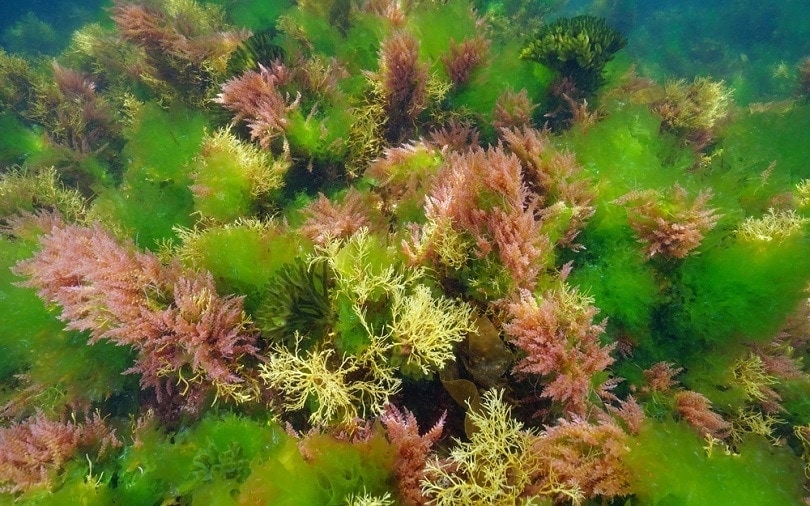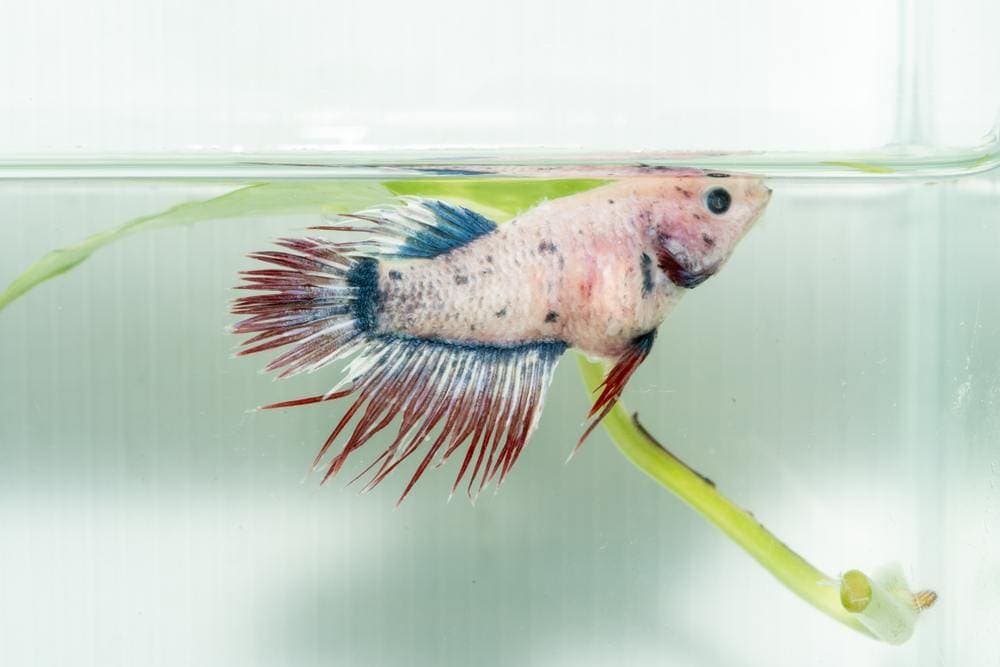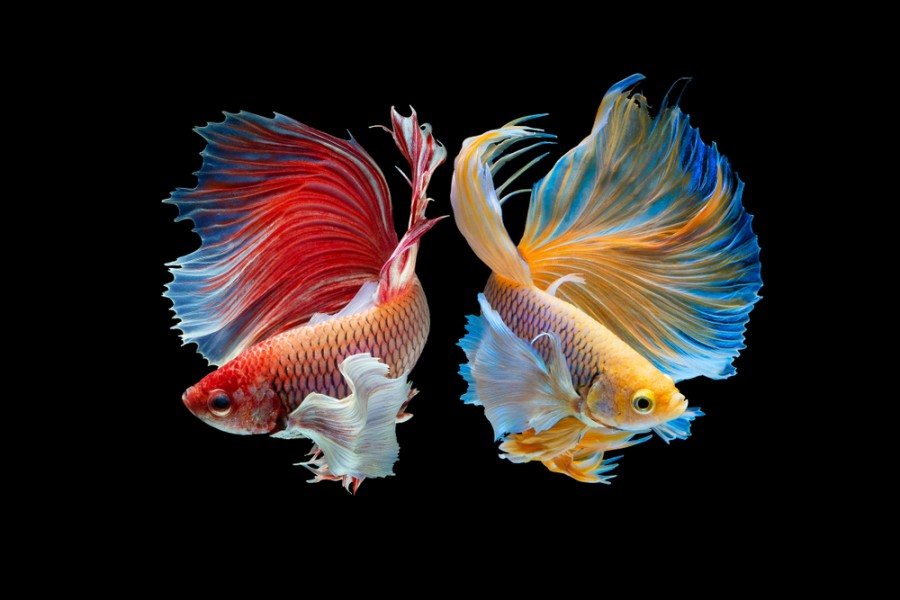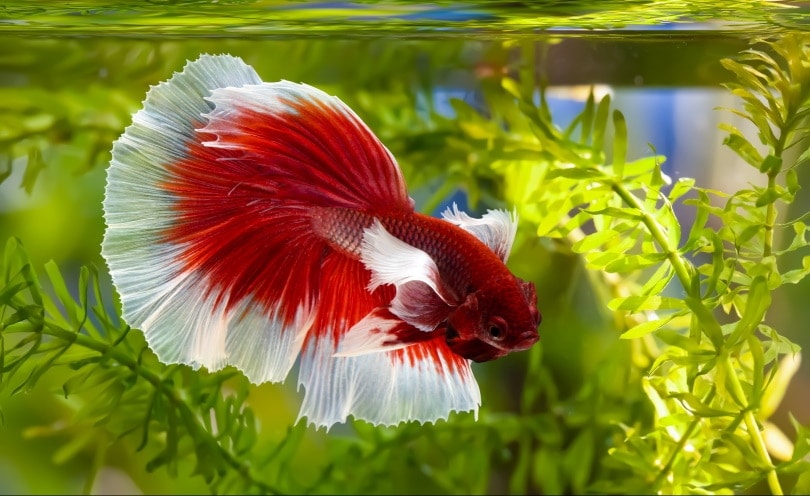Undergravel Filter vs Power Filter: Which One Is Better?

Updated on
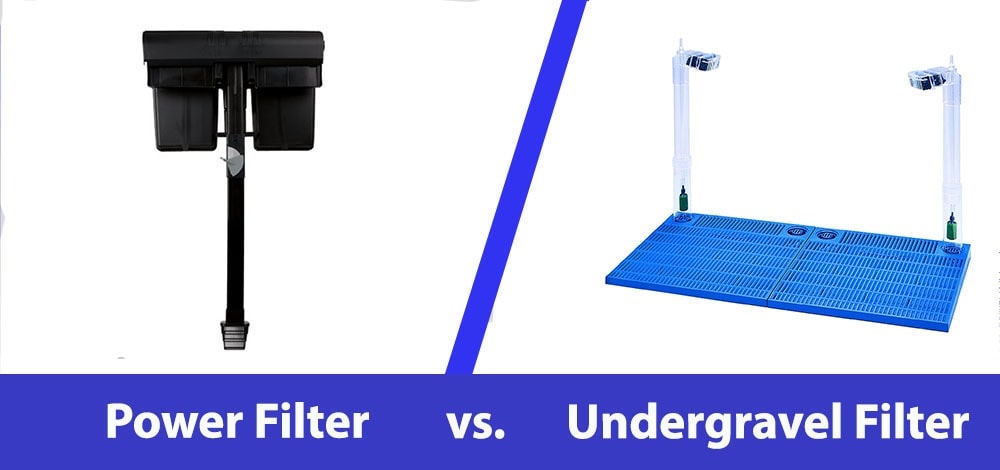
If you have an aquarium, you need a filter to keep the water clean and healthy for your fish. Most designs are undergravel filters and power filters, but which one is better? Simply put, the power filter is the better form of filtration because it works quickly and efficiently to remove debris and chemicals from the water. Comparatively, undergravel filters take a while to kick in and don’t clean the water as well.
To learn more about why we favor the power filter over the undergravel filter, read on. This article compares the two and explains when and why you should buy each.
Visual Differences
Overview of Undergravel Filter

An undergravel filter is an inexpensive way to keep your fish’s aquarium clean. It relies on biological filtration from the substrate to keep the rest of the water clean. It can also use mechanical or chemical filtration. To ensure efficiency, undergravel filters always have electric motors that are durable and high-powered.
How It Works
Undergravel filters work relatively simply. The undergravel filter will be placed, as you probably suspect, under the gravel so that it has access to the bacteria in the substrate.
While there, the filter uses biological filtration and works with the tank’s substrate to create food for the aquarium plants. As a result, the bad bacteria trapped in the substrate are turned into healthy nutrients for the aquarium.
Efficiency
Undergravel filters are not efficient standalone filters. They do not have the power to filter out debris or chemicals. As a result, they aren’t efficient enough for most large tanks. More so, they take a while to start working since the bacteria must build up first.
Features
The most important feature of the undergravel filter is that it transforms bad bacteria into good bacteria. It does this using a variety of items, such as an air pump, lift tube, media cartridge, and biofilm. The biofilm is the star because it is what transforms the bacteria.
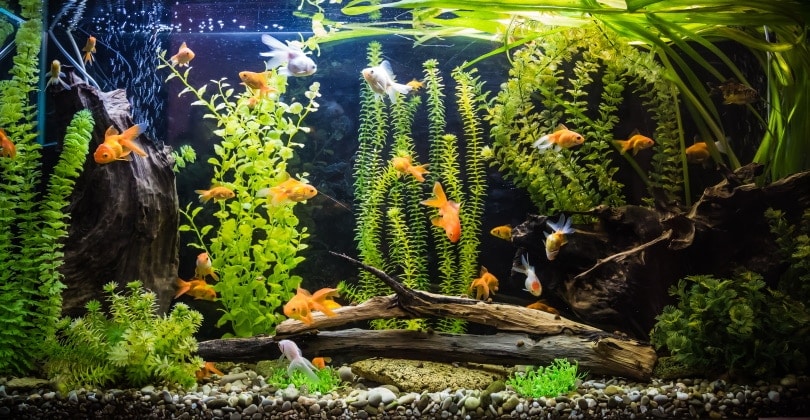
Who It’s Best For
Undergravel filters are best for small tanks with bulky substrates. Because this filter type lacks efficiency, only put it in tanks that don’t need a lot of filtration, aka small tanks with only one or a few fish. More so, a fine substrate or sand will clog the filter. So, it should only be used with bulky substrate.
- Affordable
- Feeds the plants
- Utilizes the bacteria already in the tank
- Fits many sized tanks
- Not suitable as a standalone filter
- Not suitable for large tanks
- Limited substrate options
- Takes a while to see results
Overview of Power Filter

When people think of aquarium filters, they often think of power filters. Power filters are the devices that hang on the side or back of the fish tank. It is suitable as a standalone filter because it utilizes mechanical, chemical, and biological filtration for maximum cleaning power.
How It Works
Most power filters come ready out of the box, but some must be primed first. They come with multiple parts and filters so that multiple forms of filtration are used. All the parts work together to pump water via a turning impeller.
The intake tube sends the pumped water through the various filtration stages, and the water enters the tank again through the outflow vent. Of course, these aren’t all the steps of a power filter in motion, but they are the most important.
Efficiency
Power filters are the most efficient form of filter. They can filter out debris and chemicals since they utilize multiple filtration types. Large tanks will especially need a power filter since it can purify the water from all contaminates and works quickly.
Of course, the power filter isn’t as effective as a biological filtration system simply because the biological sponge will be smaller. The rest of the filtration components make up and exceed the difference, however.
Features
The two main features of a power filter are the mechanical and chemical filters. These filters ensure that the water is properly cleaned. Plus, the motor and impeller ensure the water is cleaned quickly and efficiently as soon as the first use.
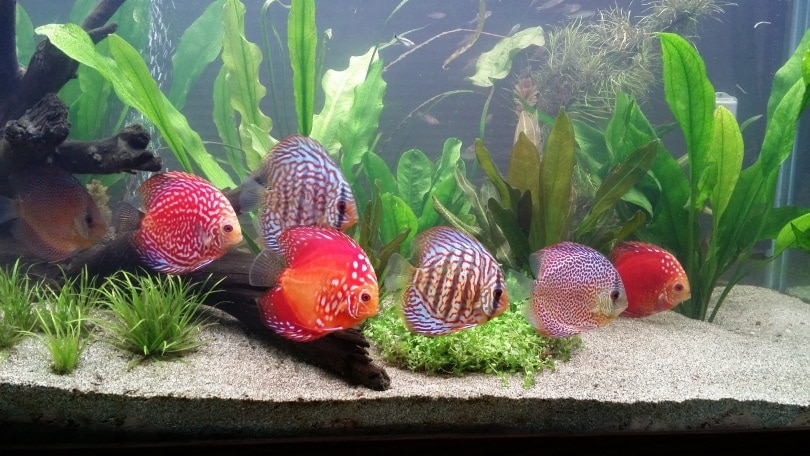
Who It’s Best For
A power filter is the ideal filtration form for all aquariums. If you have a large tank with several fish, you need a power filter instead of an undergravel filter. It simply does a better job of cleaning the aquarium. Even smaller tanks will benefit from a power filter.
- Utilizes all filtration types
- Highly effective
- Suitable for all tank types
- Necessary for large tanks
- Works immediately
- More expensive
- Doesn’t have as comprehensive of a biological filtration component
Why Does My Aquarium Need a Filter?
If you can’t breathe in toxic materials, why would you expect your fish to in the water? Without a filter, your aquarium water can become toxic quickly. The toxicity comes from your fish’s waste, excess food, and other items. The filter ensures that the water is clean enough for your fish to swim happily and healthily in.
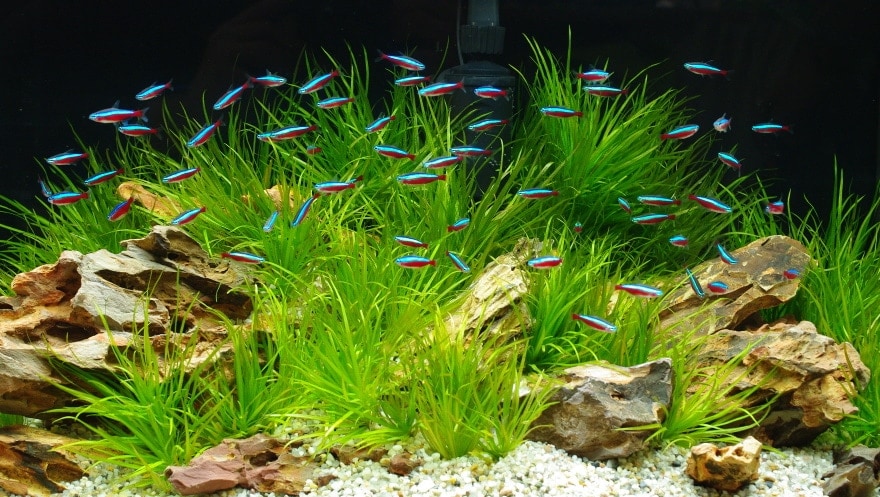
The 3 Main Filtration Types
Aquarium filters almost always include one of three filtration types, if not all three, in the same device: mechanical, chemical, and biological. Each of these filtration types has benefits and drawbacks. The best filters often come with all three to maximize the model’s efficiency while avoiding the negatives.
Mechanical
Mechanical filtration uses a mesh screen to filter out large debris. It is not able to remove chemical compounds or other toxic materials. So, the mechanical filters make the water look cleaner, but they don’t improve the water quality very much.
Chemical
Chemical filters are much like mechanical ones, except they focus on chemical compounds instead of physical debris. The mesh filter uses chemicals to remove toxic compounds from the water, but it cannot filter out physical debris or chunks.
Biological
Biological filters may sound unusual, but they are common. They utilize bacteria to turn harmful compounds into healthy ones by using the nitrogen cycle to their advantage. Like chemical filtration, biological filtration is best for removing compounds, not debris.
Our Top Choices
Our Favorite Undergravel Filter: Penn-Plax Clear-Free Premium Undergravel Aquarium Filter

The Penn-Plax Clear-Free Premium Undergravel Aquarium Filter is the best undergravel option because it is affordable, suitable for freshwater and saltwater, and contains durable parts. Penn-Plax is a top brand for aquarium products. You can trust that this filter is reliable and worth the money. This model is suitable for most 40- and 50-gallon tanks.
Our Favorite Power Filter: Marineland Bio-Wheel Emperor 400 Aquarium Power Filter

The Marineland Bio-Wheel Emperor 400 Aquarium Power Filter provides the most efficient and powerful filtration. It keeps water crystal clear and clean because it uses all three filtration types. It is suitable for freshwater and saltwater tanks and can handle a capacity of 80 gallons. This filter is expensive, but it is worth the money for serious fish fans.
Conclusion
If you need a filter for your aquarium, get a power filter. It will keep the tank cleaner because it uses more filtration types than the undergravel model. Even though power filters are more expensive, they are worth the money. If you decide to buy an undergravel filter, ensure your tank is small enough for the filter since it lacks the efficiency to filter water for several fish.
Featured Image Credit: Left: Power Filter, Amazon| Right: Under Gravel Filter, Amazon




